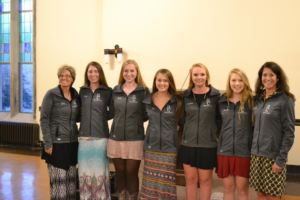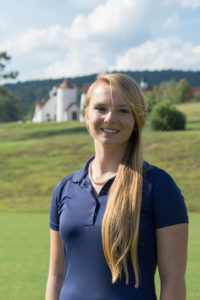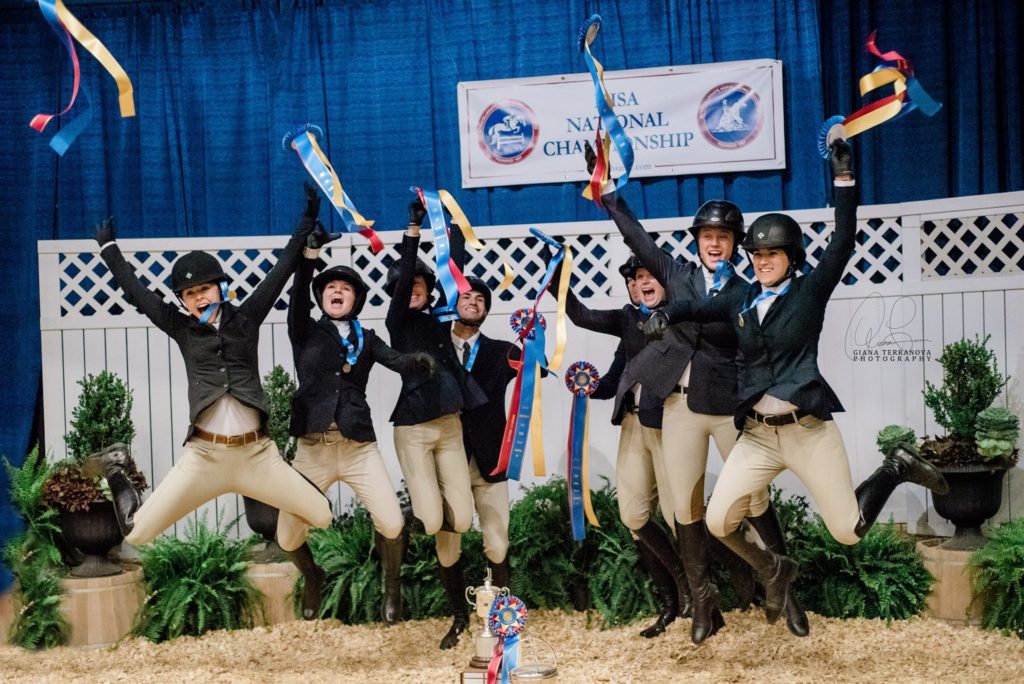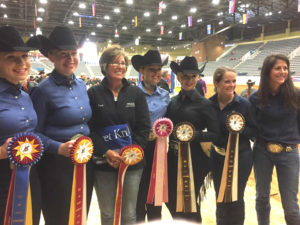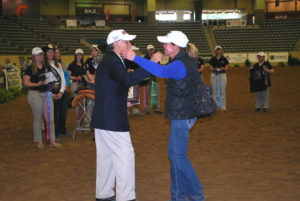For the third time in its history, the Intercollegiate Horse Shows Association has produced two championship teams from the same state. Here’s how all the moving pieces fit together.
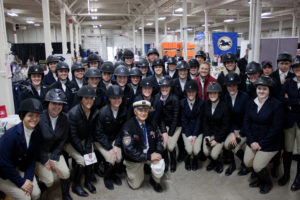
FROM CE STAFF REPORTS This is a banner year for the Intercollegiate Horse Shows Association; for only the third time in its 48-year history, it has produced two championship teams from the same state. The honor went to Georgia which has for some time been putting down roots in the IHSA, becoming a consistent producer of winning riders. The Savannah College of Art and Design captured the huntseat team win for the first time in its history, and Berry College, in Rome, Ga., proving itself a reliable Western powerhouse, took the team win in that discipline for the second time in five years. The following is a detailed look at the moving pieces (and people) that came together in just the right sequence, making it possible for these two schools to perform so masterfully at this year’s IHSA Nationals.
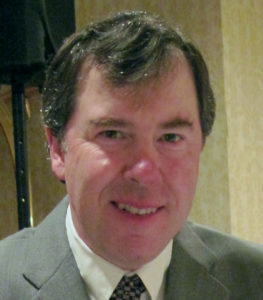
The statistician: Steve Maxwell Steve Maxwell, has become a bona fide aficionado of college riding teams since he first began covering the IHSA more than a decade ago; he can – and regularly does – rattle off placings and point counts like an auctioneer. Over the years, he has come to be known as the association’s unofficial statistician – a historian, as he puts it. According to Maxwell’s detailed research, this is the third time two IHSA National Championship teams have come out of the same state, however, this year is unique on several counts. The previous two instances each involved a catch, of sorts, he explained. The Western and huntseat team titles both went to Ohio teams in 2001, he explained, but both teams were from the same school: the University of Findlay. In 2002, the huntseat champion was the University of Ohio; the Western championship, however, was a tie between Ohio State University and Texas A&M University, he said. The IHSA does not break ties between teams that place at Nationals. Therefore, this year produced a new situation: “2015 is the first time neither of those titles are a shared championship or from a single school,” Maxwell explained. Maxwell’s website, campusequestrian.com, is devoted entirely to IHSA stats, results and little-known facts that, in some instances, date back nearly 20 years. A visit is certainly worthwhile – just give yourself plenty of time to look around. It will prove to be a true trip down memory lane for many IHSA alumni and an educational experience for those looking to learn more about the association.
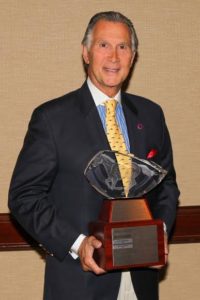
The co-founder: Bob Cacchione “You’re a champion just for being here:” it’s the acknowledgement IHSA Executive Director Bob Cacchione has been delivering for years to every rider he encounters at the association’s annual national competition. It’s a genuine sentiment; Cacchione knows how hard the riders have worked to be at Nationals to represent their colleges either on an individual basis or on a team. Cacchione is perhaps IHSA’s most recognizable leader and also one of its creators. He has seen the organization grow from its infancy as the six-person club he co-founded in 1967 to an association that, by his count, plays host to upwards of 400 teams and more than 10,000 riders. Cacchione credits the association’s success to a combination of factors, not the least of those being its grassroots-style expansion and its appeal to riders of all skill levels. For instance, it’s possible for a college to begin a club IHSA team and compete at shows even without school funding, provided the team can secure trainers and school horses. Huntseat riders, as Cacchione points out, can range in skill level from beginners at the walk-trot level to Maclay Medal Finals qualifiers in the open division, while Western riders run the gamut from beginner walk-jog to open-level reiners.
STRONG LEADERSHIP: Despite his undeniable involvement in the organization’s success from the time of its founding to present day, Cacchione is quick to deflect credit toward the individuals from all walks of equestrian life who have contributed. “This is not all Bob Cacchione,” he insists. “It’s the board of directors, it’s the coaches out there … They’re the ones who are helping the youth of this country.” A wide array of leaders has been integral to the success of IHSA, Cacchione says, and as the association has grown, so has the scope of influential equestrians who have joined the program at the directorial and coaching levels. “I can go right around the country,” Cacchione says, listing off a collection of board members from across the nation. “When you have these professionals on the board for a number of years, there are your credentials right there.”
BEYOND RIDING: The intercollegiate format of putting riders with widely varying levels of experience together on teams to compete on horses they do not necessarily know makes for a unique educational opportunity. It’s also a breeding ground for networking and, for many, a gateway into the professional world. Cacchione pointed out, for instance, that some of the students who enter IHSA to ride at the beginner level find such a calling that they pursue careers in the equine industry after college. “They are out there in the industry today where maybe they wouldn’t (have been),” he says. And while these riders are still in school, they’re out in the community too. Teams are promoting more and more community service work, Cacchione explained. He cited several examples of riders helping out during community crises: students from the College of Charleston team helped clear debris and round up loose horses after a hurricane hit that area a few years ago. Mount Holyoke riders “put in hundreds of hours,” he said, at a stricken zoo near their school after a hurricane hit the area in Massachusetts a couple of years ago. Still other teams have participated in rescuing horses from slaughter. All of these service opportunities get riders plugged into the wider world before they even begin their careers. “They’re not just riding in the ring,” Cacchione said. “We want them to see many aspects of the horse community.”
ON THE SOUTHERN CHAMPIONS: The Southeast has experienced a surge in recent years with its Zone 5 teams placing in the top 10 at Nationals on a regular basis. “This year,” as Cacchione put it, “they exploded.” A dedicated Berry College coaching staff is a big reason for the team’s Western success, he said. “Margaret Knight and Debra Wright – they do a great job down there,” he said, referencing Berry’s longtime head coach and its part-time Western coach, who has worked with the college on and off for years, assisting them during several trips to Nationals. He also had high praise for the SCAD leadership, citing Head Coach Ashley Henry and Equestrian Studies Program Director Eddie Federwisch as the driving forces behind a team that has become a veritable powerhouse in the huntseat. “Those two do an incredible job at SCAD,” he said. “They have always been, let’s say, in the top six. To come out grand champions like this is a feat in itself.” He was also complimentary of another standout Zone 5 program, the College of Charleston, coached by Bob Story, which produced the leading huntseat rider in Cacchione Cup winner Elizabeth Hay.

